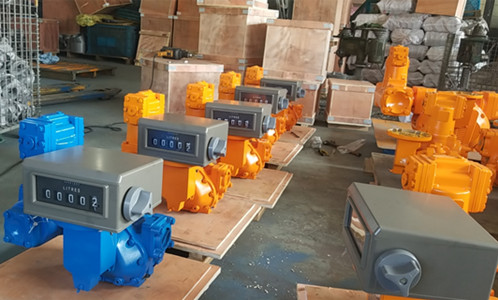How to Properly Select a Positive Displacement Flow Meter?
The following five elements should be considered when choosing positive displacement flow meter types.
(1) Flow range;
(2) Physical properties of the measured medium;
(3) Measurement accuracy;
(4) Pressure resistance (working pressure) and pressure loss;
(5) purpose of use.
1.Flow range
The flow range of the positive displacement flow meter is related to the type of the measured medium (mainly determined by the viscosity of the fluid), the features of use (continuous or intermittent work), the measurement accuracy and other factors.
2. Physical properties of the measured medium
This mainly refers to the viscosity and corrosiveness of the fluid. They are the main factors in choosing a flow meter material.

3.Measurement accuracy
Positive displacement type flow meter is one of the flow meters with the highest measurement accuracy at present. The volumetric flow meter accuracy given by the manufacturer on the product refers to the basic error obtained under the reference conditions in the laboratory. In actual use, due to the deviation of the field conditions, additional errors will inevitably occur. Therefore, measures should be taken according to the problems that may arise in the field when selecting the instrument. Viscosity and temperature affect the accuracy most.
4.Pressure resistance (working pressure) and pressure loss
The working pressure of this kind of volumetric flow meter is borne by the flowmeter shell. Different requirements for the working pressure should be made of pressurized parts of different materials to avoid unsafe use. Pressure loss is also an important issue that must be considered when selecting a flowmeter. Especially when using with large flow, more attention should be paid to calculating whether the pressure loss of the flowmeter can meet the user's requirements.
5.Purpose of use
It refers to whether the flow meter is used for custody transfer and costing, or for process control. For the former one, we mainly consider measurement accuracy; for the latter purpose, we consider its reliability more.






